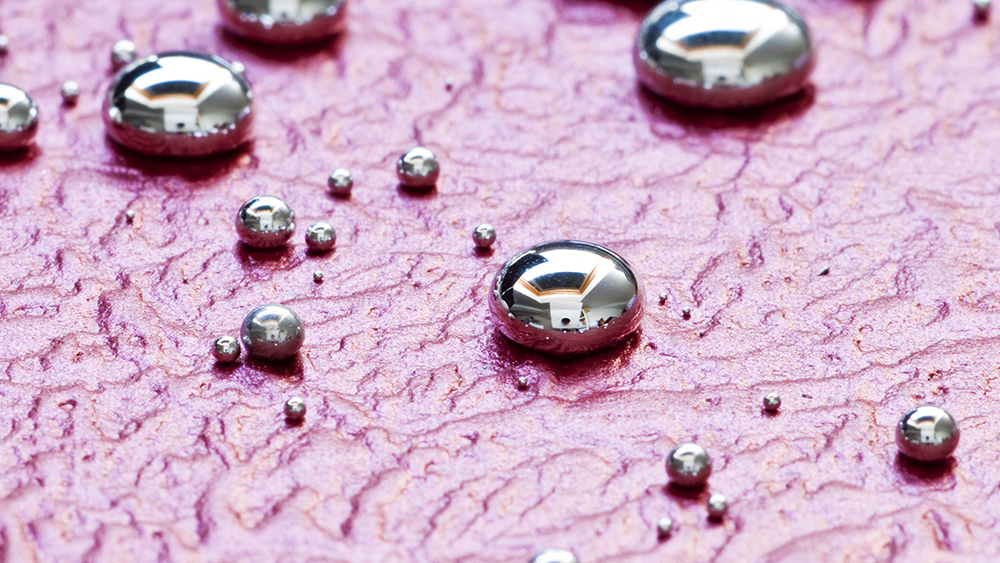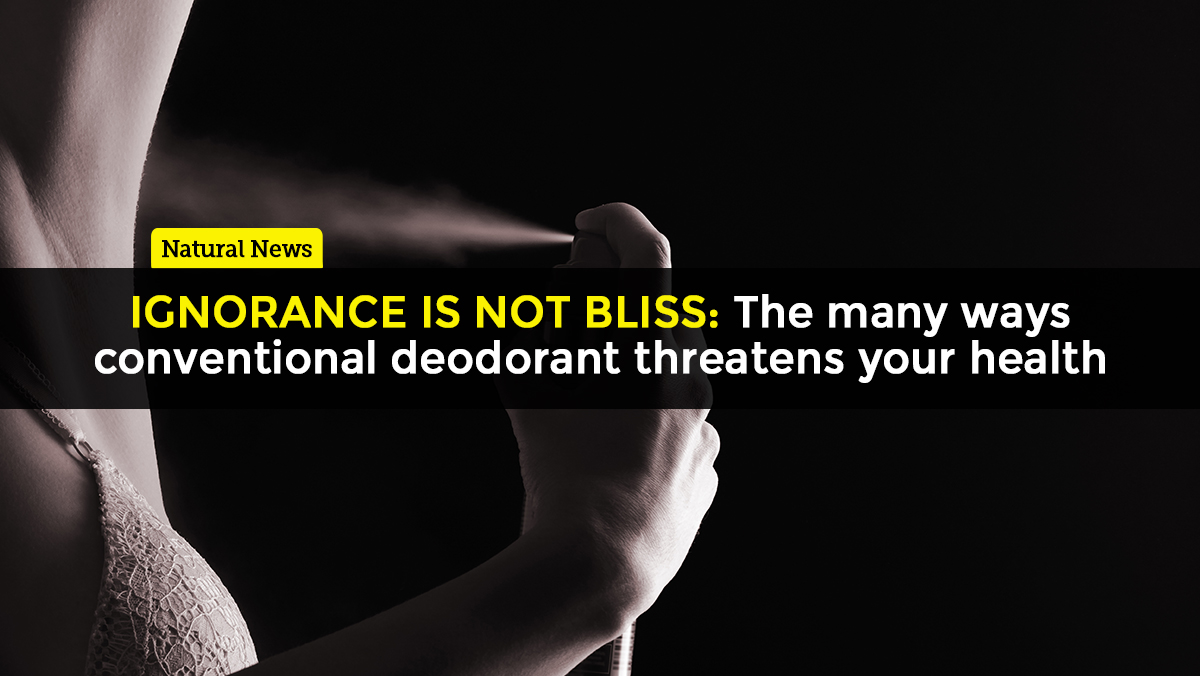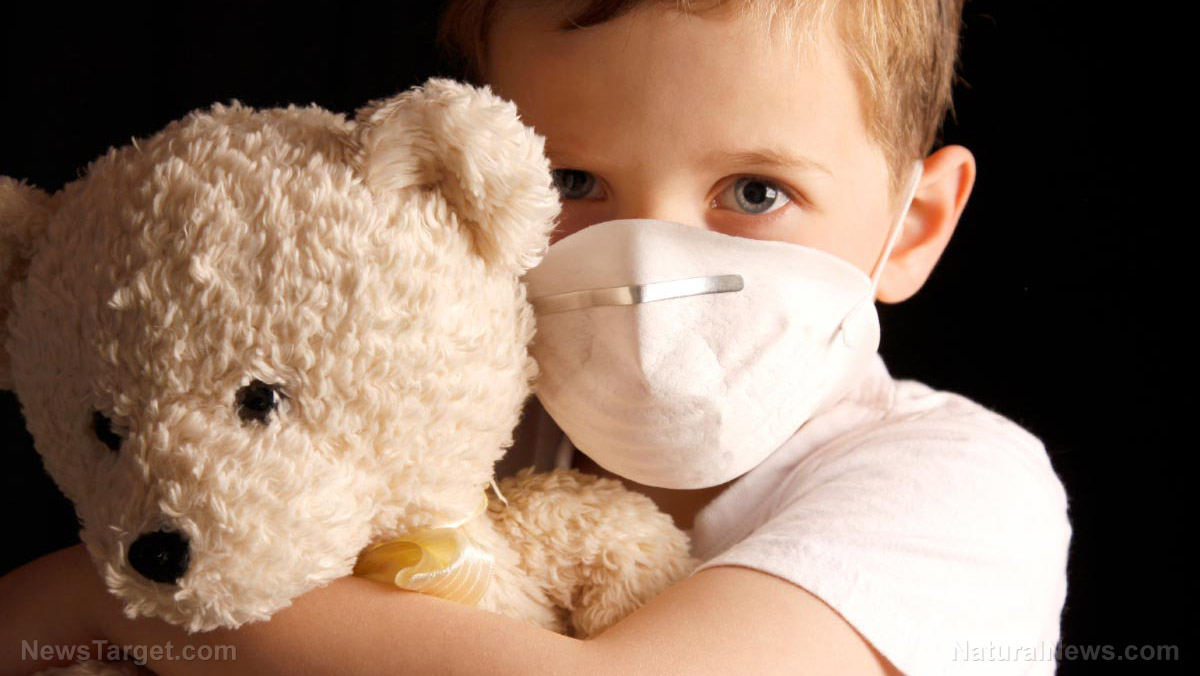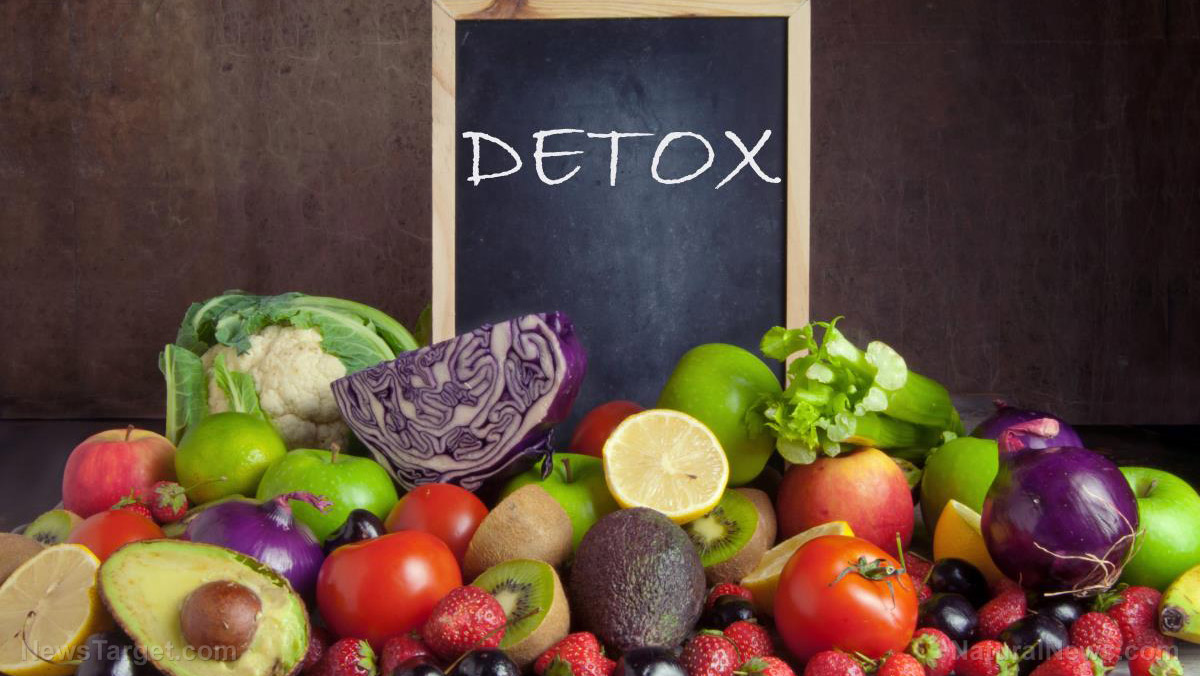The 7 most common toxins people apply to their skin DAILY without even knowing it
09/18/2017 / By S.D. Wells

It’s so easy to say you are living a healthy life when you are safeguarding what you eat and drink, trying to stick to mostly organic and raw whole foods, but millions of Americans often forget the fact that their skin is their largest organ, and most body care products are loaded with allergens, irritants and carcinogenic chemicals that are easily absorbed by their porous skin and thus enter the blood and lymphatic system. Never underestimate how easily chemicals we breathe in or put on our skin have just as much effect on our health as what we consume.
What’s worse is that the personal care products industry as a whole has virtually no regulations or inspections from the FDA, so companies and corporations literally “get away with murder” regarding a slow poisoning of people who don’t pay attention to ingredients or know the names of the “repeat offenders” that are found in thousands of products.
You won’t believe how fast and easily the skin absorbs dangerous chemicals. Skin absorption rates for chemicals were tested and published in the American Journal of Public Health. Fragrance ingredients are absorbed at an astonishing 100 percent rate. Your face, underarms and genitalia are also much more vulnerable to absorbing toxins than other broader body surfaces, so be extra careful when inspecting ingredients in soaps, cosmetics, deodorants, antiperspirants and powders. Take extra special care to inspect baby products also, which are barely regulated at all for health safety. Here are some rules of thumb to abide by when selecting body care products.
If you cannot pronounce an ingredient and you would not eat it, you probably should NOT put it on your skin, hair, lips or fingernails
Do the ingredient lists in most body care products you buy look like formulas for chemistry class experiments? You may be wondering how the heck these ingredients are supposed to help you take care of your body, and that’s because they don’t. Fancy words like preservatives, additives, fragrances, emulsifiers, conditioners, smoothing agents, straightening agents and derivatives might simply mean YOU and your children are the guinea pigs for untested, unregulated chemistry experiments, and you could wind up in a laboratory being studied for some disease or disorder the doctors and scientists just can’t seem to “find a cure” for at all.
Here are some common chemicals you may find in the cocktails and concoctions sold as “all natural” or “pure and natural.” Some corporations and companies that brag about using organic ingredients will still add in other chemicals and toxic agents that lead to health problems, so you really have to read the entire ingredients list carefully and be your own filter. Some products will brag about not containing two or three popular toxins, but then still include plenty of other carcinogens. Watch out for these body care “criminals:”
- Phthalates
- Parabens
- Phenoxyethanol
- Sodium Luaroyl Sarcosinate
- Sodium Lauryl Sulfate (SLS)
- Sodium Laueth Sulfate (SLES)
- Sulfates
- Tocopheryl acetate
- Cyclotetrasiloxane
- Cocoamidopropyl Betaine
- Olefin Sulfonate
- Petroleum and petroleum-based derivatives (industrial chemicals often listed as coloring and dyes)
- Disodium EDTA
- BHT (butylated hydroxytoluene)
- Titanium dioxide
- Methylparaben
- Iodopropynyl buutylcarbamate
- Polyisobutene (a synthetic polymer)
- Cocamide DEA
- MIT (Methylisothiazolinone)
- Triclosan
- Formaldehyde
- Toluene
The Cosmetic “Dirty Dozen” – Beautifying ingredients that aren’t very “pretty” at all
One out of every eight beauty product ingredients are actually industrial chemicals. This means if you put them on your skin, hair, lips or fingernails, your body will be absorbing pesticides, hormone disruptors, reproductive toxins, plasticizers, surfactants, paints, inks, degreasers and other cancer-causing agents. A U.S. researchers report on toxic beauty product ingredients found that at least 80 percent of cosmetics contain at least one of the following toxic chemicals:
– BHA and BHT (often found in makeup and moisturizers)
– Coal tar dyes listed as “CI” with a five digit number (watch for p-phenylenediamine and FD&C Blue No. 1)
– DEA, MEA and TEA – chemicals that are already proven harmful to fish and wildlife (remember humans are animals too)
– Dibutyl phthalate (check your nail care products)
– Formaldehyde (embalming fluid for the dead) and Urea (animal urine that slowly releases formaldehyde) “preservatives”
– Parabens
– Parfum or fragrance (also listed as “unscented”) – linked to asthma, allergies, neurotoxic effects and cancer
– PEG compounds (may include 1,4-dioxane cancer-causing ingredient and/or propylene glycol)
– Petrolatum (could be contaminated with cancer-causing polycyclic aromatic hydrocarbons or “PAHs”)
– Siloxanes and Methicones (used for smoothing, softening and moisturizing agents)
– Sodium Laureth (or Lauryl) Sulfate (foaming agent for shampoos, bubble bath, cleansers and cosmetics often contaminated with 1,4-dioxane)
– Triclosan (often found in toothpastes, antiperspirants, cleansers) – contributes to antibiotic resistant bacteria and can be an endocrine disruptor for humans.
Just how many of the 7 most common body care toxins are YOU using daily?
#1. Antibacterial hand cleansers (destroys good bacteria too)
#2. Talc (baby powder, foot powder, body powder)
#3. Petroleum (common lip balms, baby oils and Vaseline)
#4. Phthalates
#5. Sodium lauryl sulfate
#6. Parabens
#7. Lead (common in lipstick)
Learn more about the ingredients in the products you use at Cosmetics.news.
?Sources for this article include:
Tagged Under: Chemical exposure, parabens, Personal care products, petroleum, phthalates, skin care, skin care producsts, toxic chemicals, toxic cosmetics, toxic ingredients, toxic makeup, triclosan, triclosan toxic




















